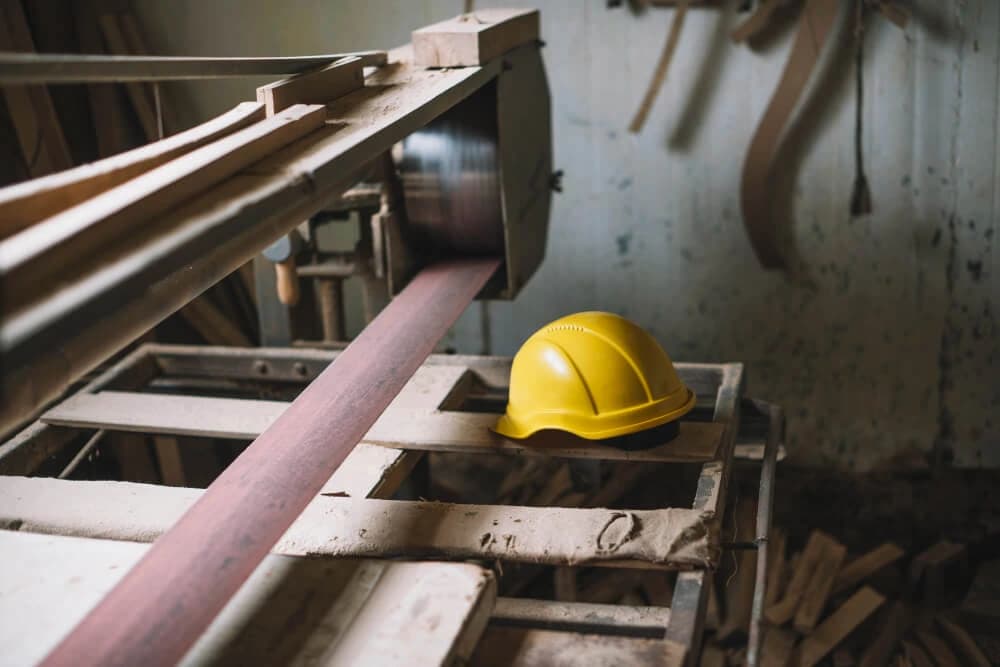Mechanical Hazards in the Workplace: A Guide to Workers' Compensation
Whether you've been injured in an accident, are dealing with a personal injury claim, or facing another legal issue, Mendez & Sanchez APC is here to fight for you. Contact us today for a free, no-obligation consultation.
Call Us Now
Mechanical hazards present significant risks in various workplaces, including factories, construction sites, and warehouses. Understanding these dangers is crucial for both employers and employees to minimize injuries and ensure a safe working environment. In this post, we delve into common mechanical hazards, their impact on health, and the essential role of workers' compensation for protecting workers and ensuring their recovery.
What are Mechanical Hazards?
Mechanical hazards refer to dangerous situations involving machines, moving parts, or mechanical processes. They can lead to serious injuries, such as amputations, fractures, and burns. It’s essential for employers to identify these hazards and implement control measures to prevent accidents.
Common Types of Mechanical Hazards
- Falling Objects: Improperly stored materials or unsecured equipment can fall, causing severe injury.
- Moving Machinery: Machines with unguarded moving parts can lead to crush injuries or amputations.
- Repetitive Motion: Repeated physical activities like lifting, bending, and twisting can result in musculoskeletal disorders.
- Vibrations: Prolonged exposure to vibrating equipment can lead to hand-arm vibration syndrome (HAVS).
- Noise: Constant exposure to loud machinery can result in hearing loss and other auditory issues.
- Falling from Heights: Working without fall protection can result in serious injuries or fatalities from falls.
- Struck by Objects: Workers may be struck by moving equipment or flying debris.
- Entanglement and Caught-In Hazards: Loose clothing or hair can get caught in machinery, leading to serious injuries.
- Burns and Thermal Hazards: Exposure to hot equipment or chemicals can result in thermal burns.
- Ergonomic Hazards: Improper workstation design or repetitive tasks can lead to chronic musculoskeletal pain.
The Impact of Mechanical Hazards on Workers’ Health
Exposure to mechanical hazards can cause a wide range of injuries, from minor cuts to life-threatening accidents. Common injuries include:
- Lacerations: Caused by sharp objects or machinery.
- Crush Injuries: Occur when a body part gets trapped in moving machinery.
- Fractures: Broken bones due to impact from heavy objects.
- Sprains and Strains: Caused by sudden movements or lifting heavy objects.
- Burns: From hot surfaces, chemicals, or steam.
- Electric Shocks: Can occur from faulty electrical equipment.
- Eye Injuries: Caused by flying debris or chemicals.
Legal Framework and Regulations
Regulations like OSHA standards play a significant role in ensuring workplace safety. Employers must adhere to guidelines that limit workers' exposure to mechanical hazards, including maintaining machinery and providing personal protective equipment (PPE).
.jpg)
Workers’ Compensation and Mechanical Hazards
Importance of Workers’ Compensation
Workers’ compensation is crucial for employees who suffer injuries at work due to mechanical hazards. It covers medical expenses, wage replacement, and rehabilitation, ensuring that workers can recover without financial burden.
Filing a Workers’ Compensation Claim
To file a claim, workers should report their injuries promptly to their employer, seek medical treatment, and complete the necessary claim forms. A lawyer specializing in workers' compensation can help workers navigate any complications that may arise during the claims process.
Conclusion
Mechanical hazards are a significant risk in many industries, but with proper training, safety measures, and workers' compensation, workers can recover from injuries and protect their rights. Employers must ensure that hazards are controlled, and employees must be aware of their rights to compensation and safety protections.



